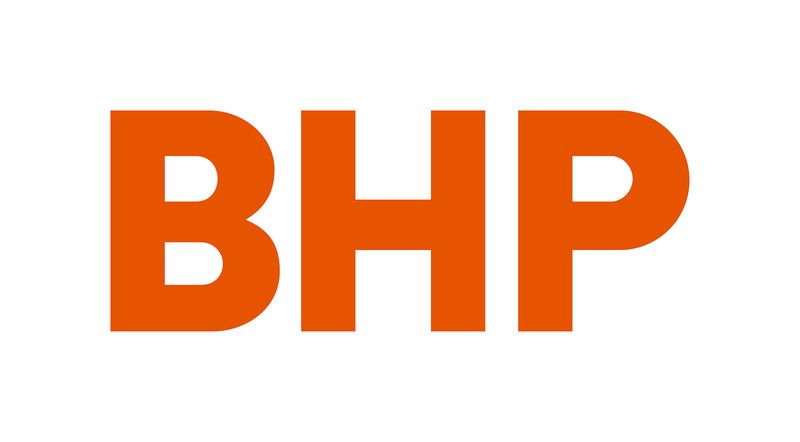Title Page
-
Site conducted
This safety checklist is based on Fire Code regulations, Building Code regulations, WHS Act regulations and WHS Queensland Codes of Practice.
-
Document No.
-
School:
-
Conducted on
-
Prepared by
Fire Safety Risks
-
Evacuation routes are prominently displayed?
-
Emergency and Lockdown instructions are clearly displayed in a prominent position?
-
Doorways, walkways and evacuation exits are kept clear and at least 600mm wide?
-
EXIT signs are in the "Running Man" format?
-
Fire Extinguishers/Fire Hoses are easily accessible in an emergency with no obstructions?
-
Fire Equipment has been tested within the last 6 months by a suitably qualified contractor?
-
External exit doors can be opened from the inside without a key?
-
Any manual alarms have adequate signage and instructions?
Workshop Risks
-
The Workshop is clean and reasonably tidy?
-
There is sufficient space for each person to work safely?
-
Floor spaces are maintained in a safe condition and are they suitable for the type of activities being conducted?
-
Walls and ceilings are in safe and good condition?
-
Doors, windows, locks and latches are in good condition and in good working order?
-
There are no items on the floor that constitute a trip hazard?
-
There are no apparent signs of vermin?
Equipment Risks
-
Safe operating procedures are displayed for all potentially high risk equipment.
-
Hearing Protection is available and is in good condition.
-
Eye Protection is available and is in good condition
-
Adequate First Aid facilities are available with suitable signage.
-
An appropriate amount of Emergency Push to Stop buttons are available with suitable signage
-
There is adequate lighting in the workshop for the activities performed.
-
There is adequate ventilation in the room for the activities performed including a DUST EXTRACTION SYSTEM
-
Running water is available to treat potential burns or eye injuries.
-
There is adequate information on how to treat burn injuries.
-
There are adequate general safety posters on display.
-
There is sufficient storage for expensive tools and equipment
-
There are NO other potential safety risk issues.
-
High Risk Machines have the correct safety guards attached
-
Appropriate PPE is available including gloves shields etc. for WELDING
-
Welding is conducted in a separate and safe area
Electrical Risks
-
Electrical equipment has been tested and tagged within past 12 months.
-
Power boards are not overloaded and no use of double adaptors.
-
All areas have Residual Current Device protection.
-
There are no trip hazards from electrical cords or cables
Hazardous Substances Risks
-
Current (within 5 years) material safety data sheets are readily available for hazardous substances.
-
Hazardous substances are stored and labelled appropriately.
-
There are NO unmarked spray bottles?
-
A Spill Control System is available
-
No banned substances or banned timbers are present
-
Petrol - less than 250 litres stored
-
Diesel - less than 1,000 litres stored
-
Appropriate PPE is worn when using chemicals and fertilizers
-
Gas cylinders are stored in an upright position in a caged area
-
Empty Gas cylinders are stored in a separate area
-
Hazardous materials are stored in line with chemical separation tool
General Risks
-
No noise hazards evident.
-
Manuals are available for all equipment and machinery
-
All equipment and machinery is regularly serviced and records kept
-
Staff are adequately trained and experienced
-
Staff hold a current WHITE CARD or similar
-
Workshop is lockable and out of bounds for STUDENTS
-
Appropriate waste disposal facilities are available
-
Materials are stored sufficiently to minimize risk of injury
-
List any other safety issues or concerns













